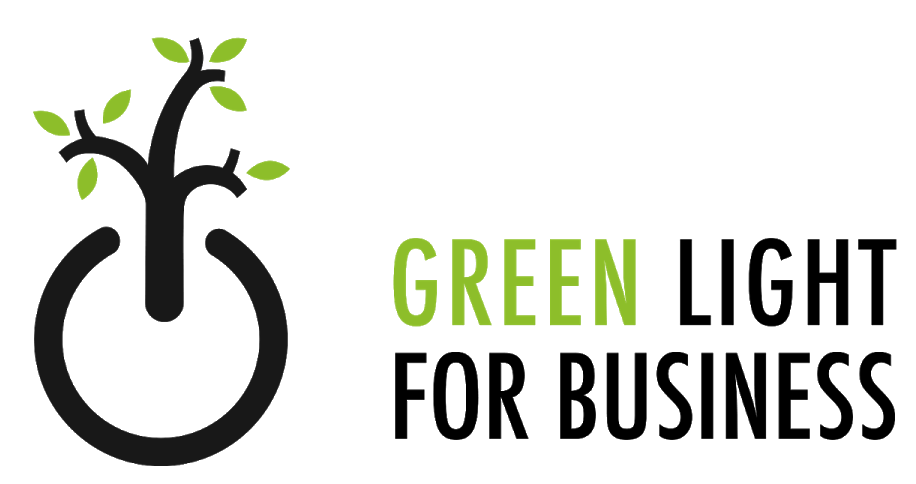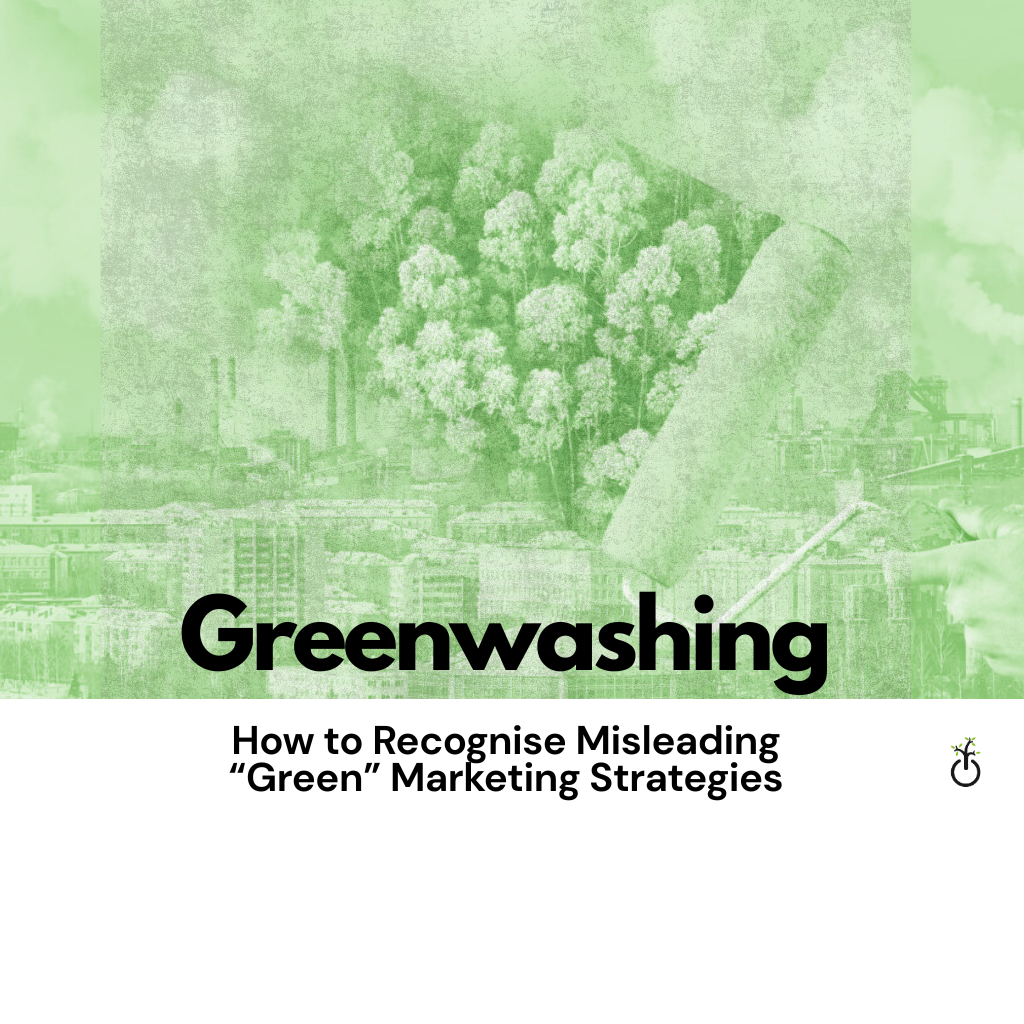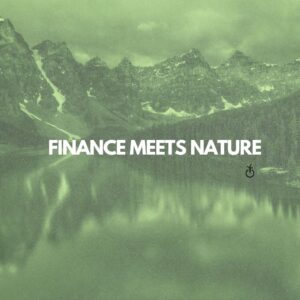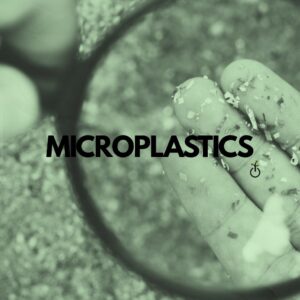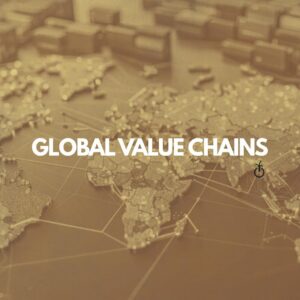In contemporary consumer vocabulary, the adjective “green” has become a powerful factor in competitive differentiation. For this very reason, in recent years, legislators and regulatory authorities have intensified their focus on inaccurate, vague, or misleading environmental claims and, more generally, on practices that can be defined as “greenwashing.” This phenomenon consists of using statements, images, or labels that suggest that a product, service, or company is beneficial to the environment when the evidence is partial, weak, irrelevant, unverifiable, or even false. It exploits information asymmetries: companies control the data relating to their impact, while consumers only see packaging, a website, and a slogan. In the 1970s and 1980s, the first cases of greenwashing involved shampoo bottles and detergent advertisements that exploited consumers’ nascent ecological awareness, but now the phenomenon has spread to business-to-business marketing, i.e., contracts between companies that buy, sell, and finance renewable energy technologies.
Solar projects, wind farms, and biofuel initiatives often involve a range of partners, subcontractors, and investors. Each promotes its own “green credentials,” often based on technical data that no outsider can easily verify. In this dense network, misleading claims about carbon savings, resource efficiency, or compliance certifications can easily go unnoticed.
At European level, Directive (EU) 2024/825 amended the rules on unfair commercial practices by introducing an explicit ban on generic claims without verifiable evidence, non-transparent eco-labels, and claims based solely on carbon offsetting: “The EU wants to ensure that all information relating to a product’s environmental impact, durability, reparability, composition, production, and use is supported by verifiable sources.” It imposes an obligation on professionals to ensure that environmental claims are clear and substantiated throughout the production and communication cycle.
From September 2026, vague claims like “eco-friendly”, “climate neutral”, or “biodegradable” will be illegal unless backed by solid proof and recognised certification. Crucially, companies can no longer market products as “carbon neutral” if the claim relies on offsets, an increasingly controversial practice of paying others to reduce or absorb emissions elsewhere.
Recent rulings show that national courts are becoming a second line of defence. For example, in March 2024, a Dutch court held that KLM misled consumers with “sustainable aviation” messaging tied to offsets and marginal measures; the ruling requires future claims to be honest and concrete. In February 2024, Zalando agreed with the European Commission and national authorities to overhaul platform‑wide sustainability flags and move to specific, verifiable information (e.g., the exact percentage of recycled content) rather than vague icons. In December 2024, the UK ASA banned a Lloyds advert over misleading portrayals of environmental impact. Courts are also scrutinising “CO₂‑neutral” badges: in August 2025 a German court barred Apple from marketing the Apple Watch as “CO₂‑neutral,” questioning offset‑based claims.
Both consumers and investors ask themselves the same question: how can we distinguish genuine sustainability claims from disguised public relations stunts?
Here is a quick guide that you can use whenever you need it:
- Scope and boundaries
Question: does the claim apply to the entire product/company or just one feature?
How to apply it: Be wary of “green by association”: companies highlight a small environmental feature (e.g., a bottle cap made from recycled plastic) and then use that single improvement to suggest that the entire product (the drink, the packaging, the company) is environmentally friendly. The EU now prohibits suggesting product- or company-wide benefits when only a limited aspect has been improved. - Specificity over slogans
Question: Is the language precise?
How to apply it: Prefer quantified claims (e.g., “contains 30% recycled PET, third‑party verified”) over vague language (e.g., “eco‑smart,” “planet positive”). Remember: “Eco-friendly” means nothing without numbers. In fact, under the EU rules, generic claims are illegal unless linked to recognised top‑tier performance (e.g., EU Ecolabel). - Evidence and verification
Question: Is there public data I can verify?
How to apply it: Look for independent labels with transparent criteria (such as EU Ecolabel, ISO 14024 standards). Be skeptical of proprietary “green” badges: the EU will restrict them unless they cite proper third-party certifications. - Offsets: red flags and new rules
Question: Is “carbon-neutral” achieved via offsetting rather than real internal emission cuts?
How to apply it: Treat offset‑based sustainability claims as high‑risk. EU consumer rules ban product‑level claims of reduced impact when they rely on offsets; courts and regulators increasingly challenge them. Look for absolute reduction data and the residual emissions that remain after mitigation, not just for offset purchases. - Life‑cycle and trade‑offs
Question: Does the claim reflect the full life‑cycle (materials, manufacturing, use, end‑of‑life) and mention trade‑offs?
How to apply it: When brands claim to be “sustainable,” ask whether they’re looking at the entire life of the product (from raw materials and manufacturing to use and disposal). Real sustainability claims don’t cherry-pick one good stage: they account for every step, in particular for the “trade-offs”: recycled materials can mean shorter lifespans, or lower emissions can come with higher water use. If a company never mentions such compromises, that’s often a red flag. Methodologies such as Product Environmental Footprint (PEF) and EU Taxonomy criteria encourage system‑wide thinking. - Comparative claims
Question: “Greener than what?”
How to apply it: Legitimate comparisons specify the comparator (e.g., previous model? market average?) and the functional unit (e.g., per wash, per km). The presence of a vague benchmark shows plausible inconsistency. - Imagery and implied claims
Question: Is the ad leaning on nature imagery (leaves, Earth‑shaped logos) to imply environmental benefits?
How to apply it: Dig deeper: don’t be fooled by misleading visuals. Organisations are trying themselves to prevent such practices. For example, the UK’s Advertising Standards Authority has banned airline campaigns where visuals and slogans overstated environmental credentials. - Platform‑level signals.
Question: When shopping online, are there broad “sustainability” banners or icons without details?
How to apply it: After EU scrutiny, platforms like Zalando committed to remove generic flags and to provide actual, criteria-based information (e.g., exact recycled content). Private “eco badges” without transparent criteria are marketing, not evidence.
Greenwashing it’s a structural risk in the green economy. As the race toward decarbonisation accelerates and consumers start prioritizing the “green-side” of products, the temptation to exaggerate progress. Recognising the signs is the first defence we as consumers can use. Countering them, through regulation and critical scrutiny, is how government-level institutions keep “sustainability” from becoming just another sales pitch.
So next time you encounter a “green” claim, remember this: if you can’t find what improved, by how much, compared to what, and who verified it in less than a minute then you’re probably looking at marketing, not truth.
Written by Mattia De Franchis and Luca De Giorgi
References
- Directive (EU) 2024/825 of the European Parliament and of the Council of 28 February 2024: https://eur-lex.europa.eu/eli/dir/2024/825/oj/eng
- ISO 14021:2016 – Environmental labels and declarations — Self-declared environmental claims (Type II environmental labelling)
- Amendment ISO 14021:2016/Amd 1:2021 – Environmental labels and declarations — Self-declared environmental claims
- Overview of Directive (EU) 2024/825 and its implications: https://www.squirepattonboggs.com/-/media/files/insights/publications/2024/05/eu-tackles-greenwashing-empowering-consumers-directive-and-proposals-for-the-future/eu-tackles-greenwashing-empowering-consumers-directive-and-proposals-for-the-future.pdf
- Climate Policy Database – Directive (EU) 2024/825: https://climatepolicydatabase.org/policies/directive-empowering-consumers-green-transition-eu-directive-2024825
